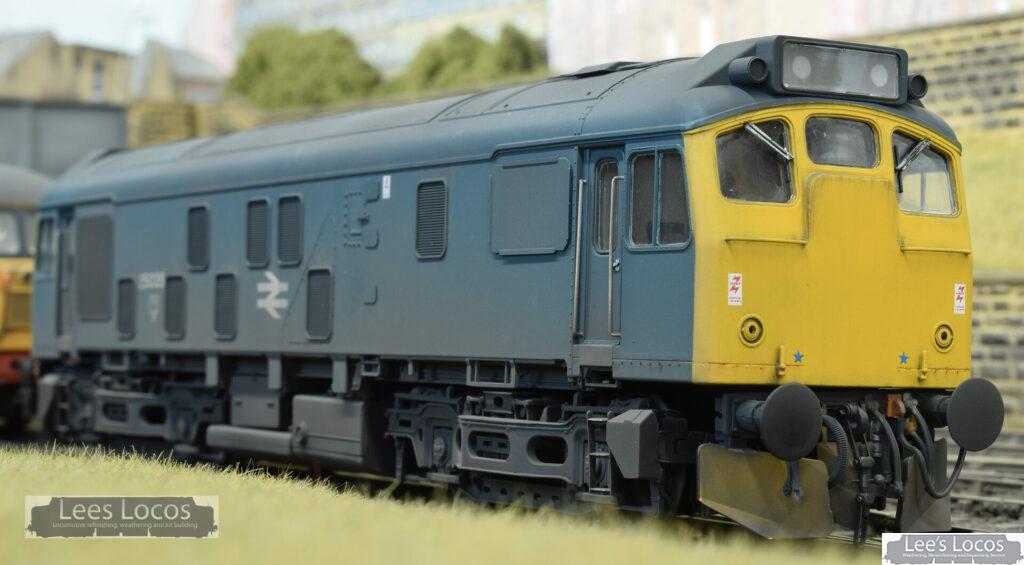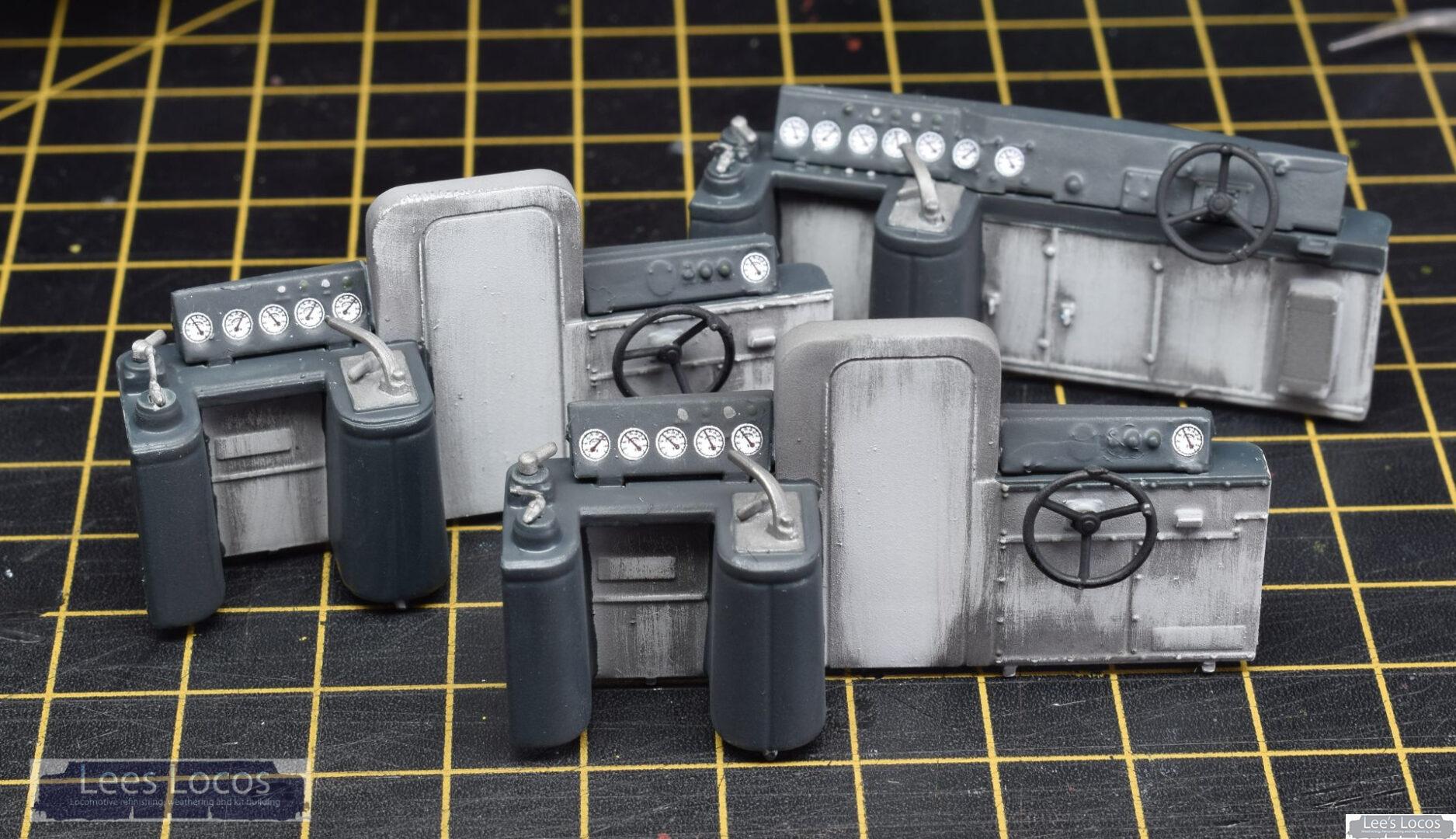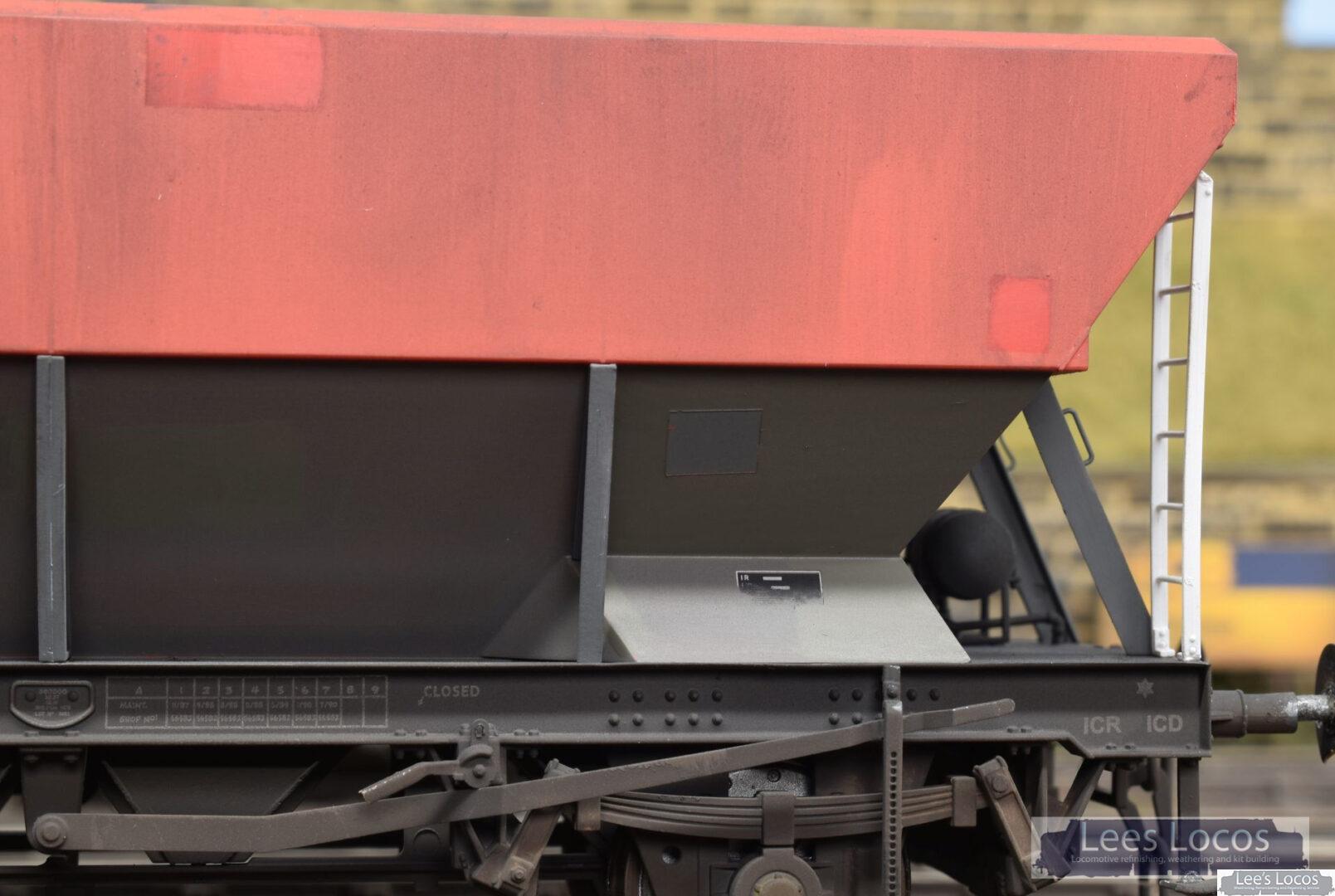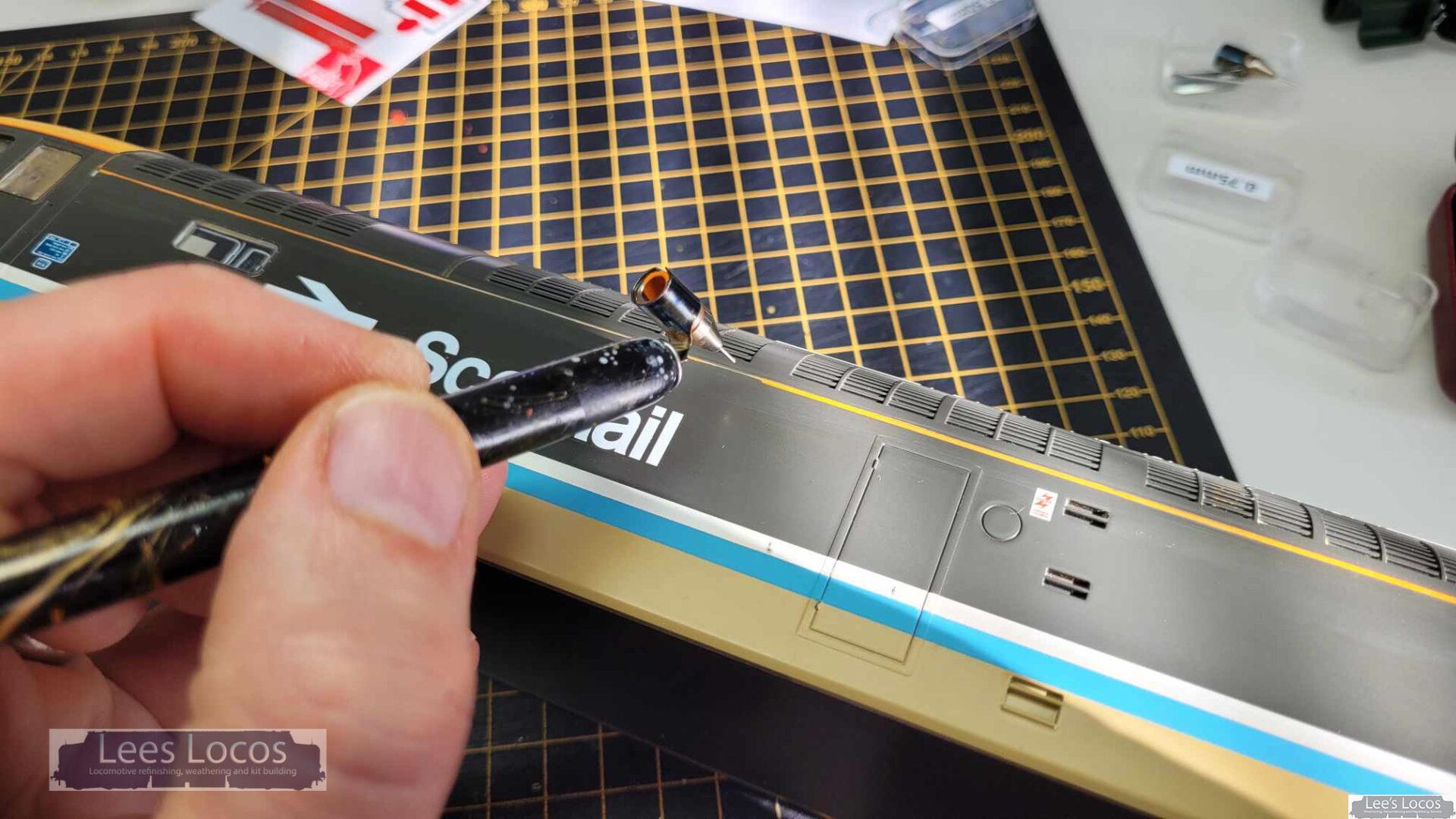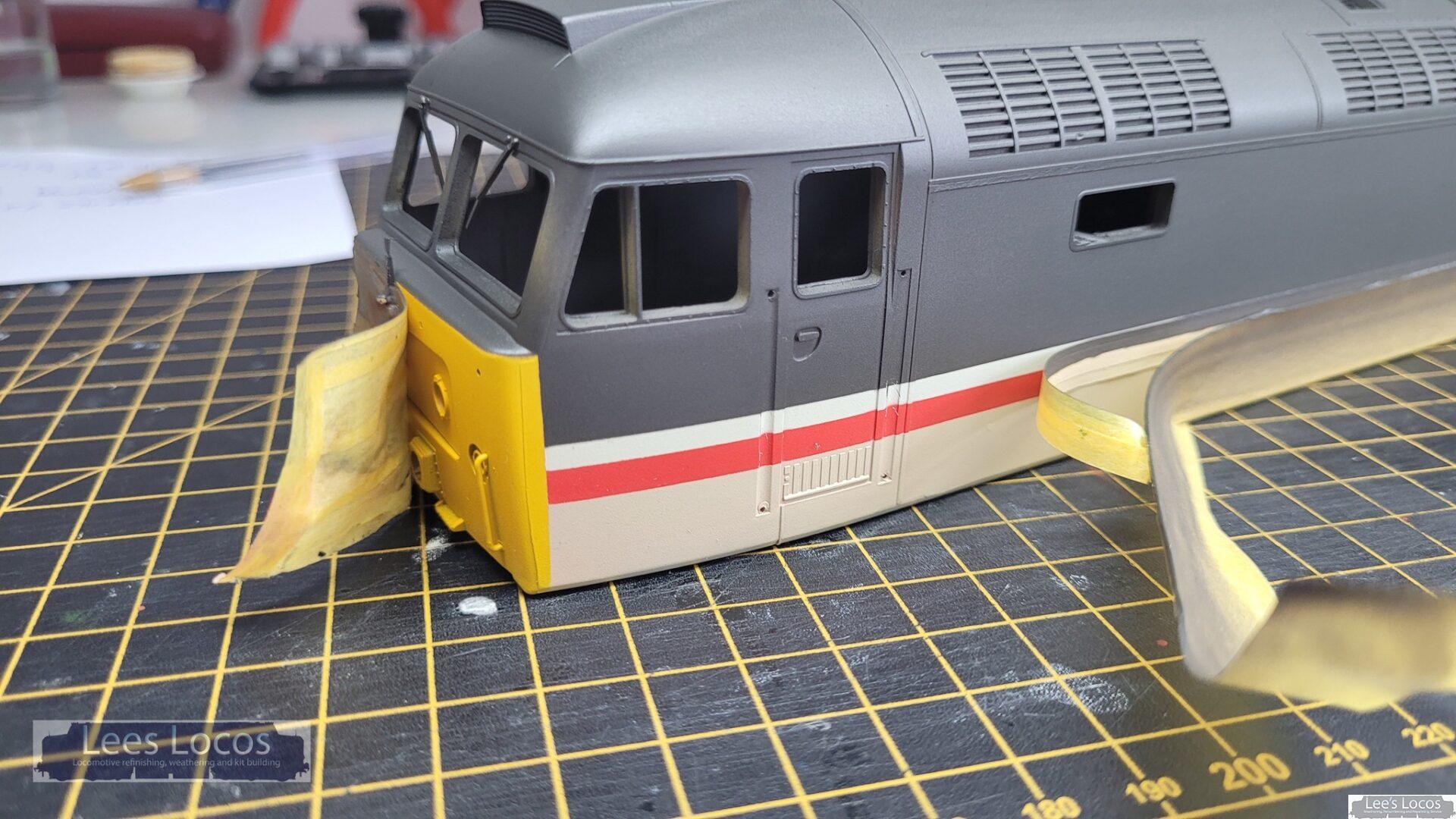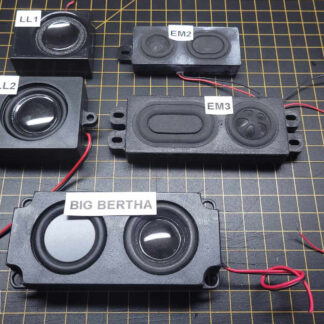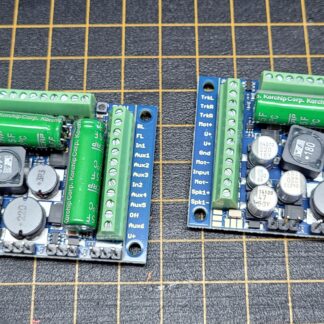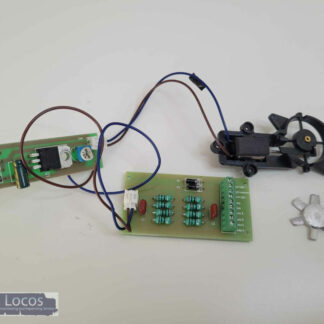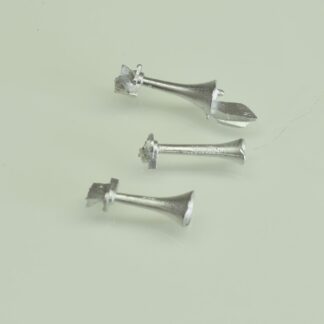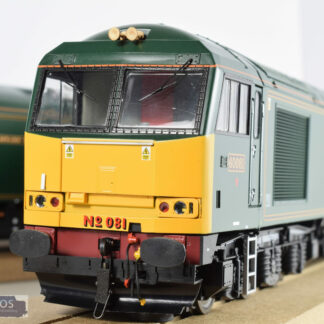It wasn’t that long ago, when I used to visit exhibitions, I found myself constantly marveling at all of the wonderfully detailed, resprayed and weathered locomotives running around on the layouts. The desire has always been with me to be customise my own stock, and produce something a bit more unique and individualistic than something straight out of the box.
This led to the purchase of an airbrush a good few years ago, but I’m sure myself and many others who make such a purchase poor results led to frustration, and the feeling that I couldn’t produce the quality of work I desired.
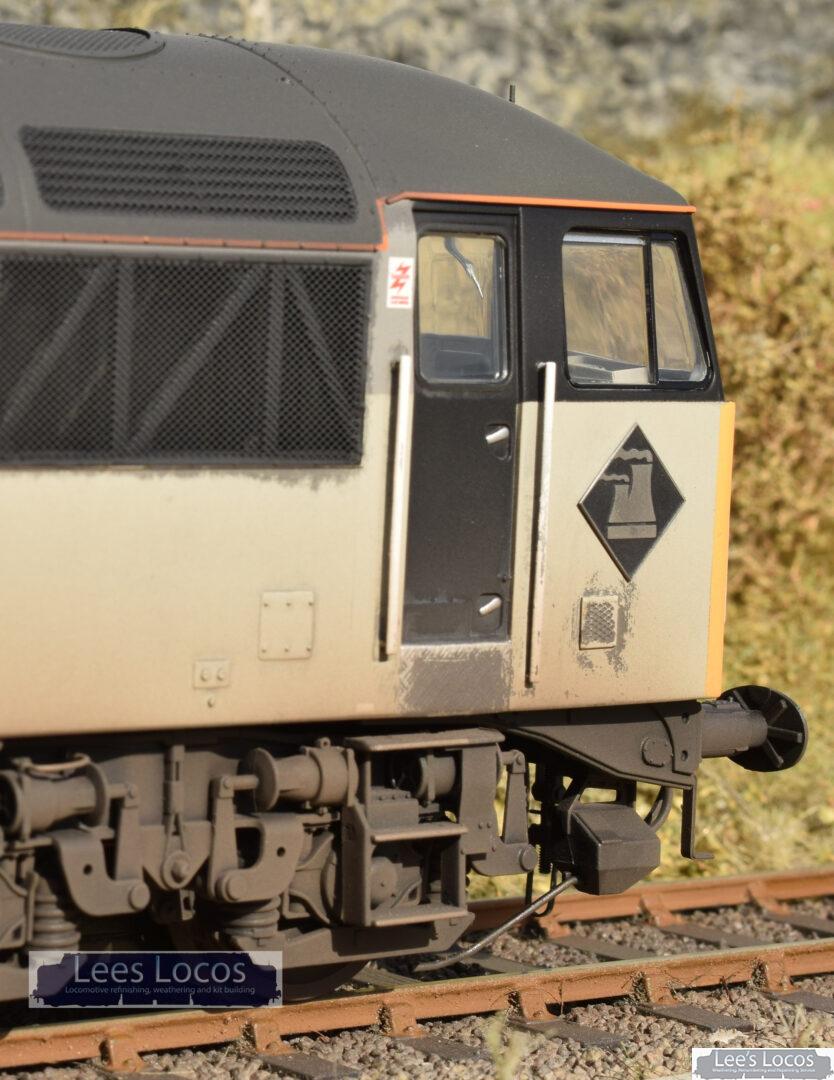
During these initial learning years, I learnt some very important lessons that helped me to arrive at my present situation with the business. Primarily 3 P’s. Practise, patience, and perseverance.
There are absolutely no short cuts learning how to achieve satisfactory results . I was impatient, and expected things quickly. Big mistake! It ended up taking me years, experimenting, practising with equipment techniques and materials.
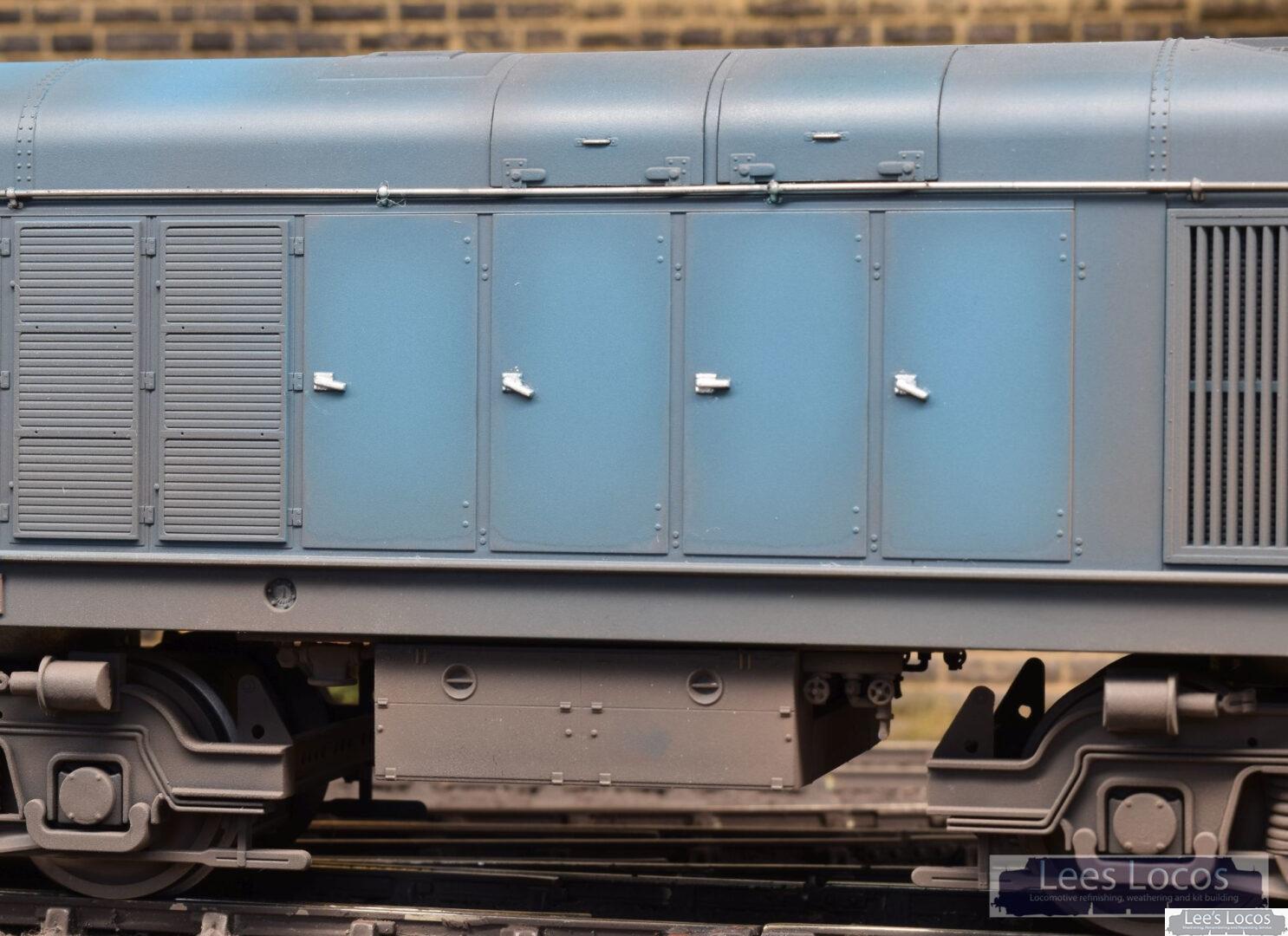
It’s now an absolute joy to be able to forget about the technicalities of airbrush, compressor and paint, and just be able to use it without thinking about it. It’s a bit like riding a bike or swimming….very hard to learn, but once you’re there, you wonder what was so difficult!
So what is the point of messing about with all of this equipment, smelly paint, and still occasional frustrations? The answer is to produce a finish as close as possible to the prototype, but with any number, name, or livery that one desires. Something a bit different, and ultimately, realistic.
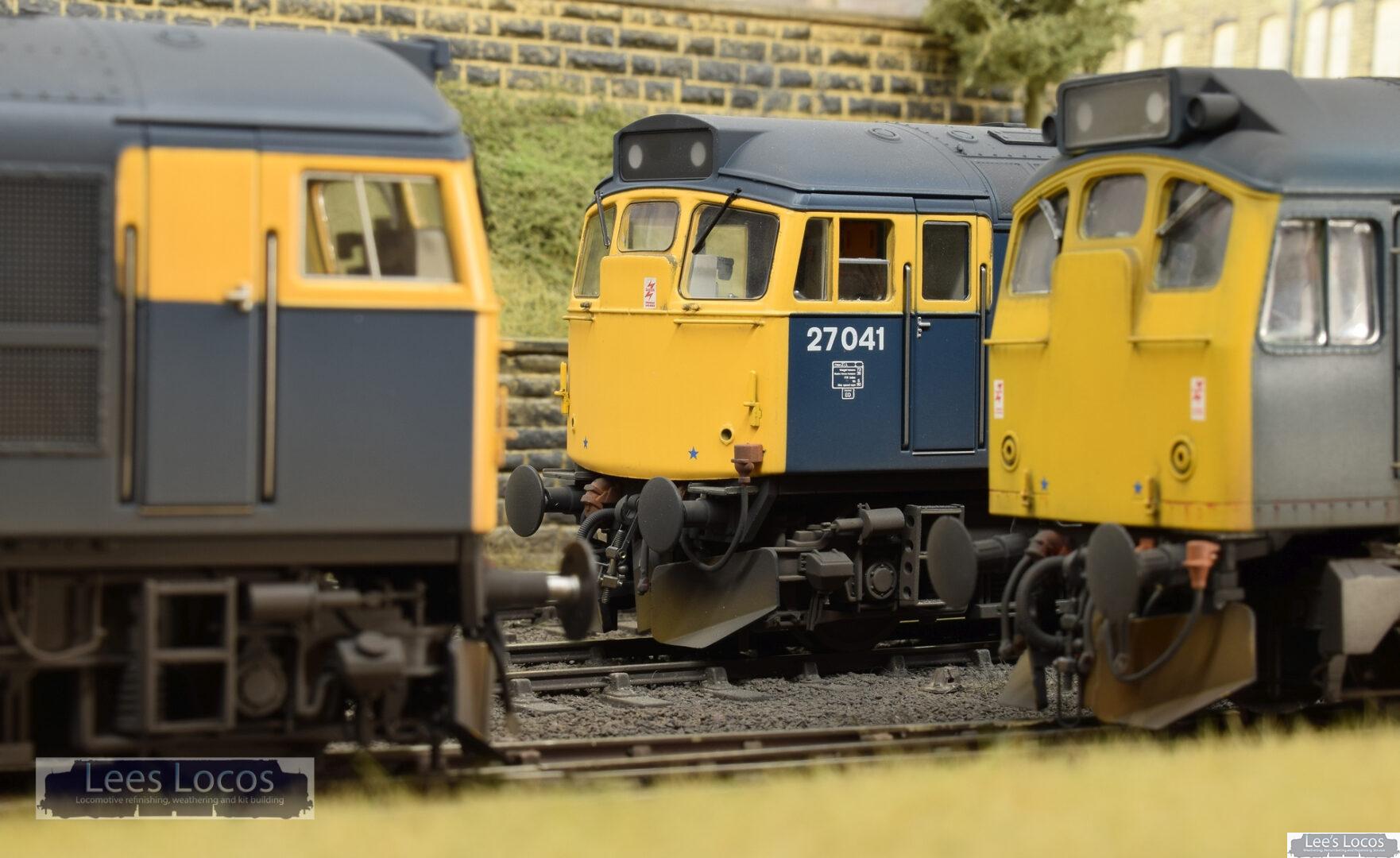
Regarding factory finishes, why do we need to spend time and money weathering, when the big names now offer it out of the box ready to plonk on the layout? Well, manufacturer’s factory weathering has improved over time, but it still cannot attain the realism obtained from a reasonably competent provider of the service. Let’s consider some of the reasons why.
Factory weathering is just that, a particular colour, normally just one maybes two if you are lucky, applied in a quick blast with computer controlled precision on a production line. A bit of roof dirt, t he dreaded lower bodyside misting of brake dust, and if you are lucky, a few bodyside grilles dirtied down. Another motivation for wanting to do it myself was the fact that I didn’t think factory weathering looked very realistic.
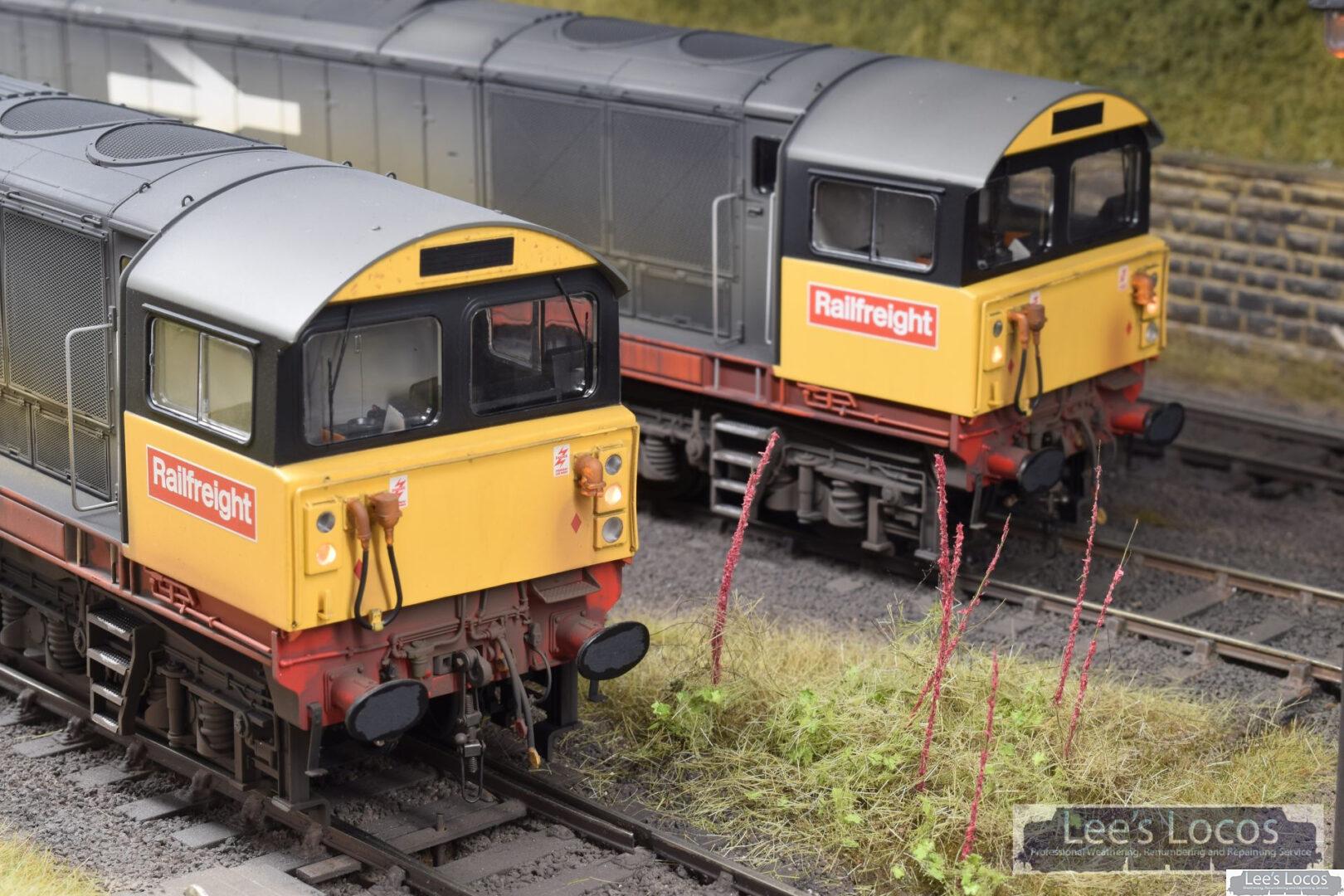
Close observation of the prototype is key. A wealth of information is available from books and the internet. The type of traffic the locomotive was employed on, even the geographical location can affect the weathering. Observation and research is actually a very enjoyable part of the process.
Contact me anytime.
Best, Lee
